With a 15% tariff on the vast majority of EU exports to the US, the deal has been hailed as a diplomatic victory. But when placed in the broader context of trade rules, power imbalances and international norms, the question is: Is this really a success for the EU, or just a capitulation to pressure from an unpredictable partner?
A step back is called victory?
The EU’s agreement to a 15% tariff, significantly higher than the previous average of 1.47%, helped stave off President Donald Trump’s threat of 30% tariffs, which were due to take effect on August 1. Clearly, from a tactical perspective, this is a victory: the EU avoided the prospect of higher tariffs while maintaining the bulk of its trade flows to the US market. But worryingly, this measure of “success” is based on avoiding a worse-case scenario, not achieving a better outcome than the status quo.
Just a few months ago, many EU member states warned that a 10% tariff was a “red line”. Yet in the actual negotiations, a 15% tariff was accepted and even announced as a breakthrough agreement. This shows the difference in negotiating positions: the EU entered the negotiations not as an equal partner, but as a loss-avoidance.
One of the highlights of the joint statement is the EU's commitment to invest about $600 billion in the US, and to buy $250 billion worth of US energy (oil, liquefied natural gas, nuclear fuel) each year for three years (according to CNBC). However, observers say the nature and binding nature of these commitments seem vague.
It is unclear whether the figures reflect a real increase over existing investment and imports, or simply reaffirm existing trends. Furthermore, the lack of specific details on timing, investment types, or monitoring mechanisms makes it difficult to quantify the “gains” of the parties to the agreement. If these figures are merely symbolic or exploited as a political propaganda tool, the EU may in fact have agreed to an asymmetric deal: substantive concessions in exchange for vague commitments.
Two-way economic impact
From the US side, the 15% tax rate can help increase revenue for the federal budget and protect some domestic industries. However, analysts say the price the US has to pay is not small. Tariff measures often cause two negative consequences: increasing product prices for consumers and putting cost pressure on domestic businesses that depend on global supply chains.
For the EU, the biggest cost lies not just in the exact tariffs, but in the message it sends: that the EU is willing to take a back seat to preserve bilateral trade relations. If European companies choose to invest directly in the US market rather than export, the trade surplus in goods (which reached 198 billion euros last year) could be reduced. However, the outflow of investment means the EU’s domestic market is weakened and its productive capacity is fragmented.
The paradox is clear: to maintain its market share in the US, the EU must “transfer” itself to the US, reducing its role as a global manufacturing hub; and this, in the long run, blurs the line between fair trade and strategic concessions. From being a competitive exporter, the EU may be forced to adjust its economic structure to adapt to the conditions imposed by the US.
A short-term deal for long-term challenges
President Donald Trump is known for his aggressive negotiating style, often using tough measures as a pressure tool to push the other side to make concessions. In the negotiations with the EU, high tariffs were raised as a possible scenario, creating an atmosphere of urgency and shaping the framework of the agreement. In that context, the 15% tariff, although far above the previous common ground, seemed more palatable when placed next to the potential tariffs that were much higher.
As one of the key players in the global multilateral trading system, the EU has a duty not only to protect the short-term interests of its exporters, but also to maintain consistency with core principles of free trade and fair markets. However, many argue that the bloc’s response in this case partly shows a lack of synchronization between words and actions. Having warned that a 10% tariff is a “red line”, but then accepting a 15% tariff, may raise doubts about the consistency of the message and the ability to protect common interests in the long term.
Analysts say the deal may provide a short-term truce, but it does not address structural differences. Bigger issues such as agricultural subsidies, technology protection, environmental standards and intellectual property rights remain unresolved. When these issues are brought to the negotiating table, the EU will face greater pressure, especially if the precedent of this deal is repeated.
The July 27 trade deal between the US and the EU is more than just a tariff adjustment, it reflects profound changes in how major economies interact in a volatile global environment. By temporarily avoiding a trade confrontation, both sides have “bought” more time to reshape their bilateral economic relationship and adjust strategic priorities.
But the agreement also highlights the fundamental challenges that exist in the international trading system: the tension between protectionism and free trade, between short-term interests and long-term orientation. Despite some consensus, both the EU and the US face a larger question: how to maintain principles while remaining flexible in the face of accelerating political and economic change.
Ultimately, what will matter is not the substance of the current agreement, but how the parties will use it as a stepping stone to pursue more sustainable goals. In an increasingly multipolar and uncertain world, transparency, consistency and a willingness to cooperate on all sides will be key to shaping a fair and predictable trading environment in the future.
Hung Anh (Contributor)
Source: https://baothanhhoa.vn/eu-my-dam-phan-thanh-cong-hay-thoa-hiep-chien-luoc-256263.htm


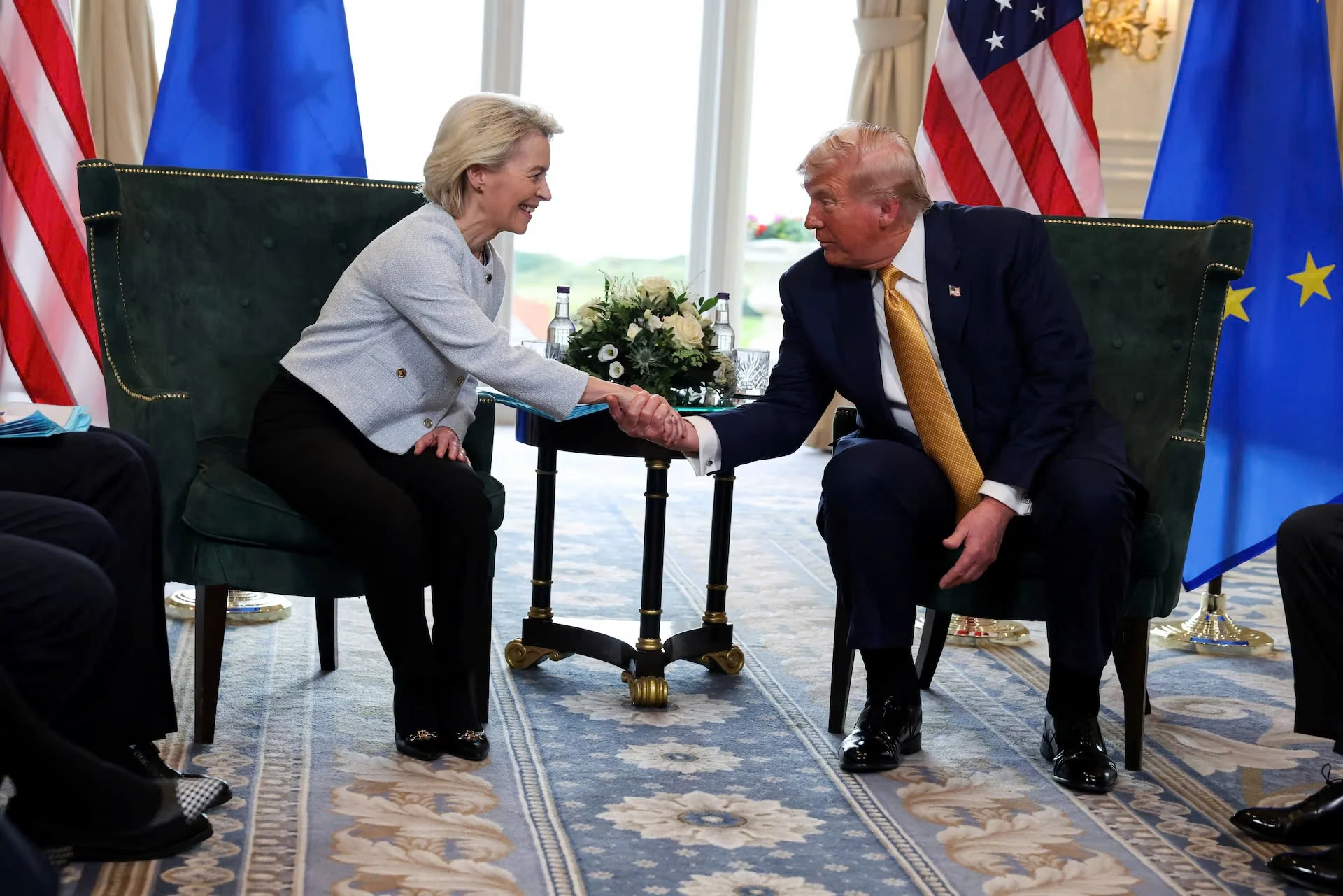
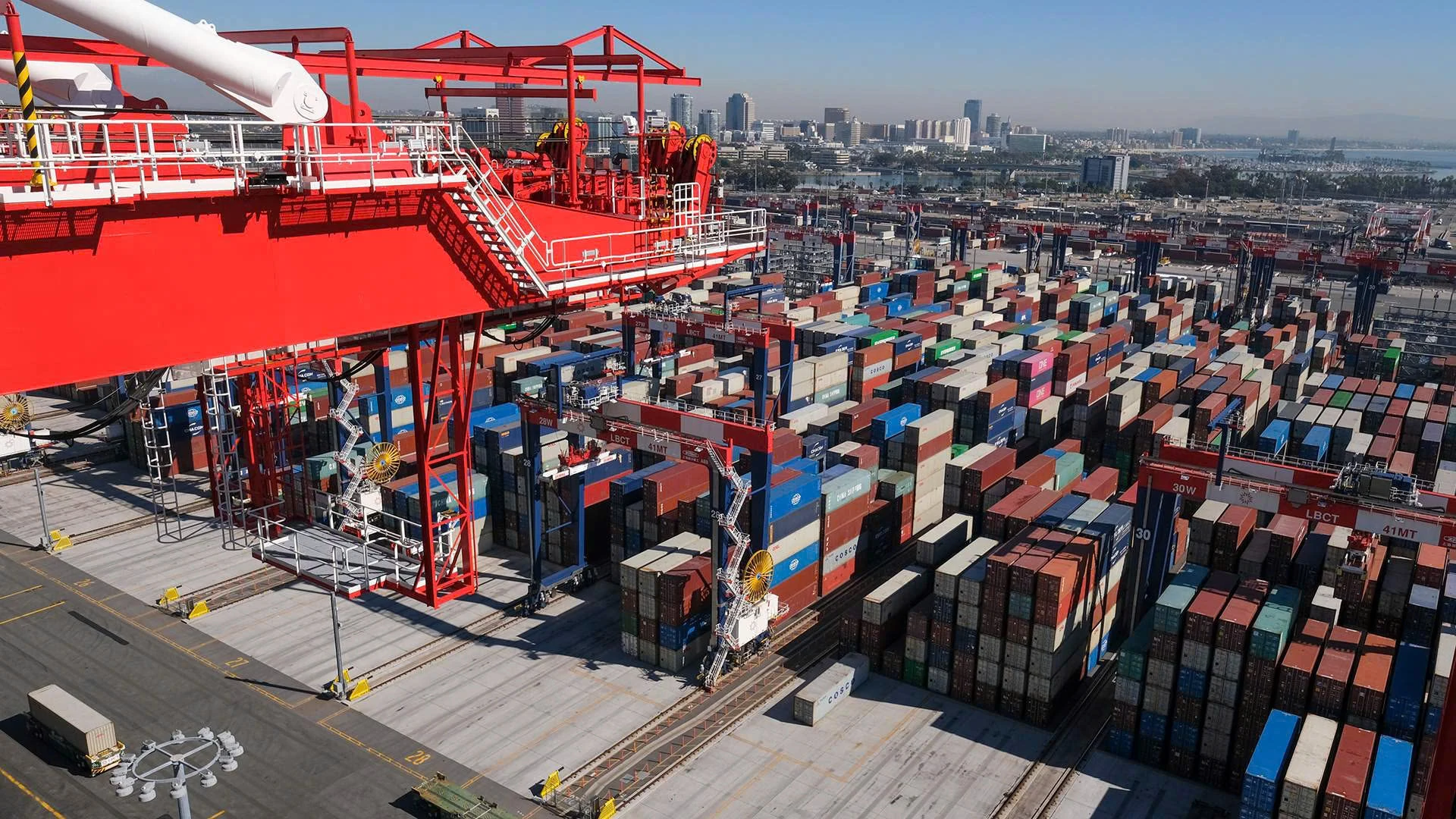





![[Photo] Opening of the 14th Conference of the 13th Party Central Committee](https://vphoto.vietnam.vn/thumb/1200x675/vietnam/resource/IMAGE/2025/11/05/1762310995216_a5-bnd-5742-5255-jpg.webp)
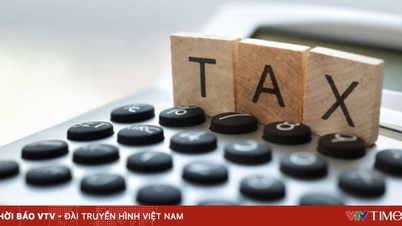

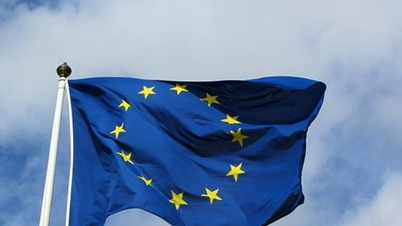

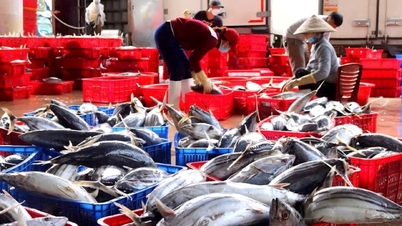

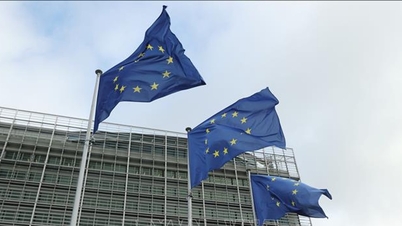

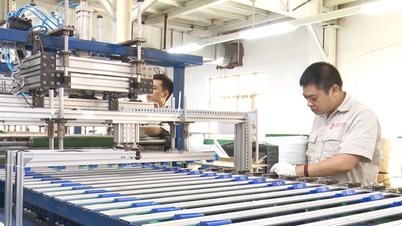








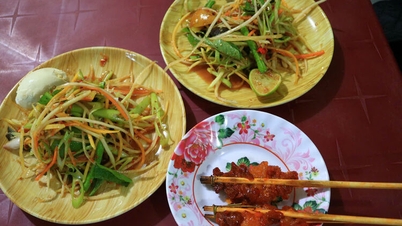





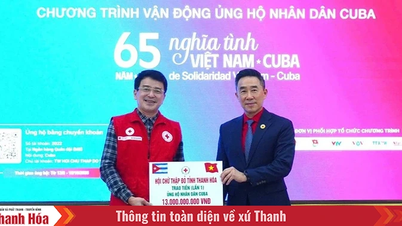
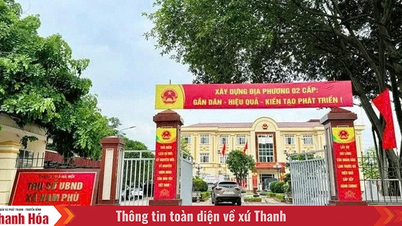
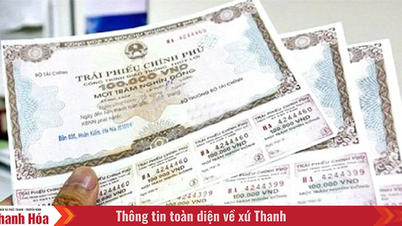



![[Photo] Panorama of the Patriotic Emulation Congress of Nhan Dan Newspaper for the period 2025-2030](https://vphoto.vietnam.vn/thumb/1200x675/vietnam/resource/IMAGE/2025/11/04/1762252775462_ndo_br_dhthiduayeuncbaond-6125-jpg.webp)

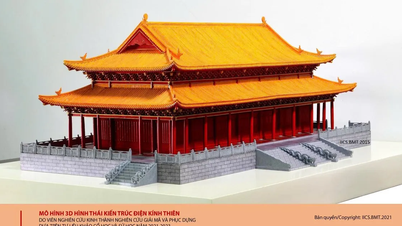














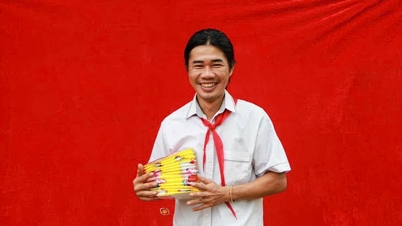

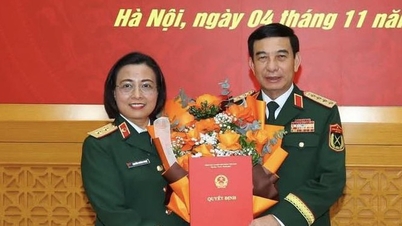

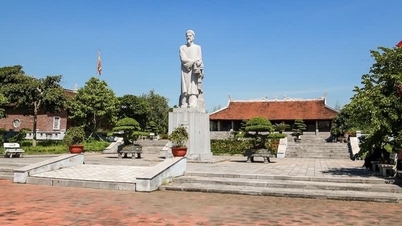


















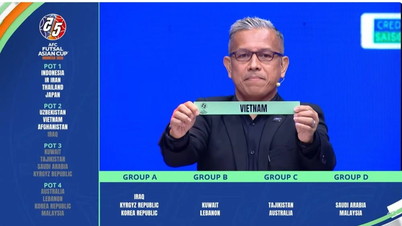







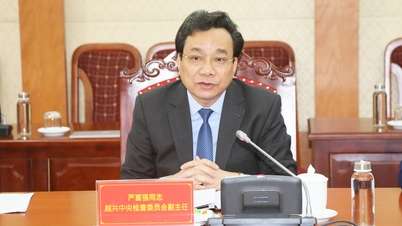

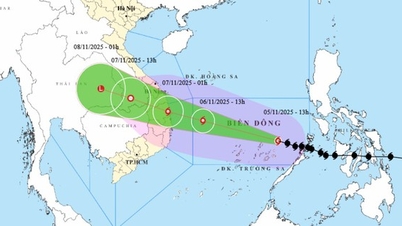







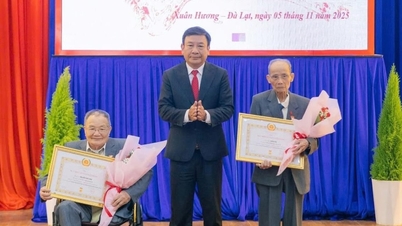
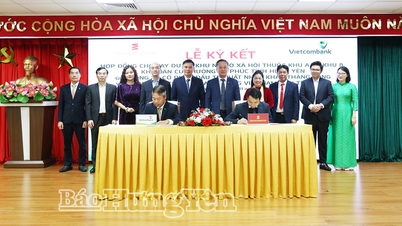


















Comment (0)